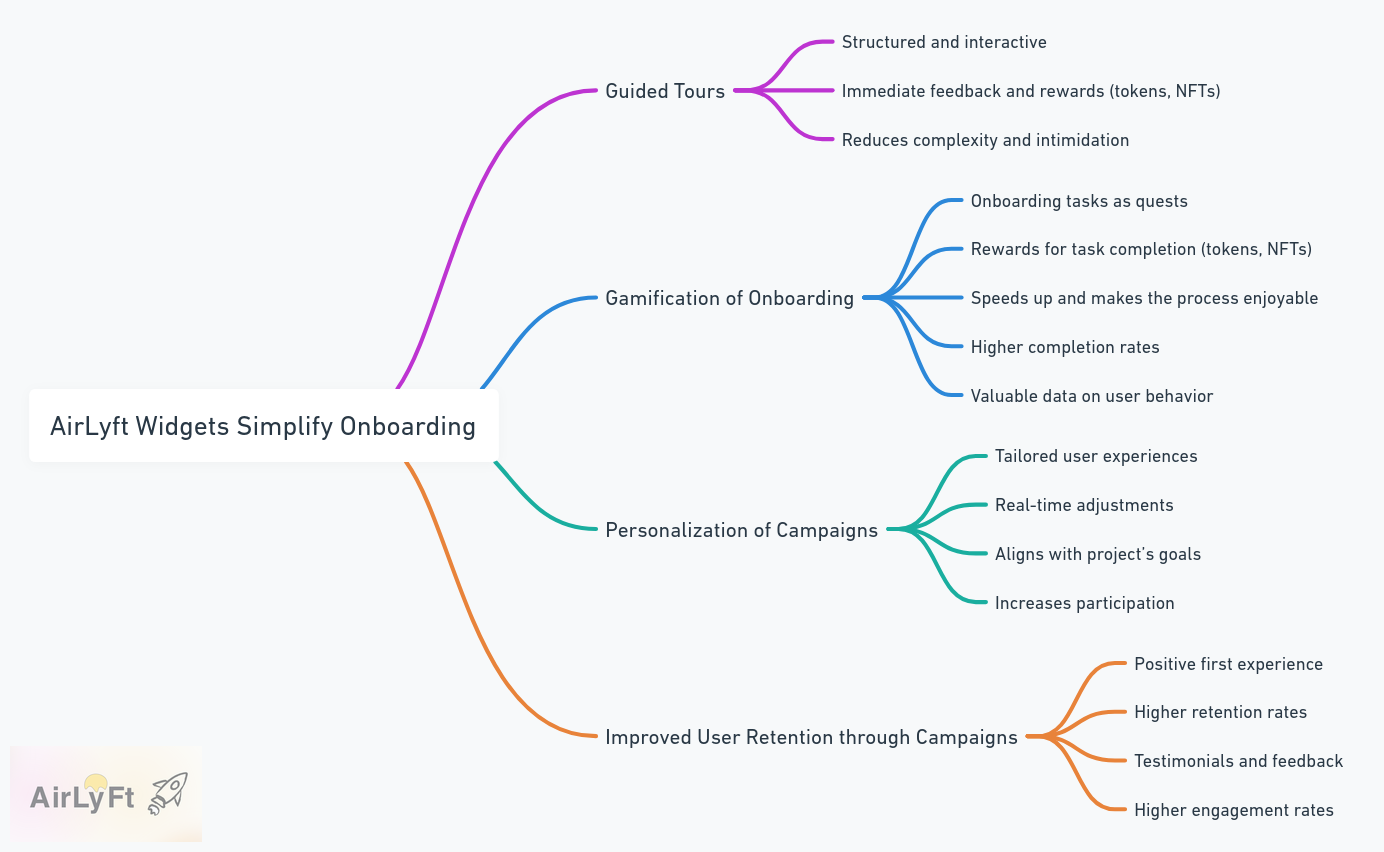BD124 Insights
Your go-to source for the latest news and informative articles.
User Retention in Web3: Crafting Experiences That Click and Stick
Unlock the secrets to user retention in Web3! Discover strategies to create experiences that engage and keep users coming back for more.
Understanding User Retention in Web3: Key Strategies for Success
Understanding User Retention in Web3 is crucial for the success of any decentralized application (dApp). Unlike traditional web applications, user retention in the Web3 space poses unique challenges due to the complexity and novelty of blockchain technology. Users are often drawn to Web3 for its transparency, security, and ownership of digital assets. To effectively retain these users, projects must focus on creating a seamless user experience, providing educational resources, and fostering a strong community. In fact, statistics show that dApps with high user engagement deliver better retention rates, making it imperative to prioritize engagement strategies from the outset.
To enhance user retention, Web3 projects can employ several key strategies. First, implementing reward systems that recognize user loyalty helps in encouraging repeat interactions. This could include token incentives or exclusive access to features. Additionally, consistent communication through channels like Discord or Telegram keeps users informed and involved, building a sense of community ownership. Lastly, leveraging analytics tools to monitor user behavior and preferences allows projects to iterate and improve upon their offerings continually. By adopting these strategies, Web3 applications can achieve sustainable growth and a dedicated user base.

Counter-Strike is a popular first-person shooter game that emphasizes teamwork and strategy. Players can choose between two teams, terrorists and counter-terrorists, each with specific objectives. For those looking to enhance their gaming experience, you can find great offers, including the bc.game promo code which provides exciting bonuses.
The Role of Gamification in Enhancing User Engagement in Web3
Gamification has emerged as a powerful tool in enhancing user engagement, especially in the ever-evolving landscape of Web3. This decentralized web paradigm aims to create a more user-centric internet, and by integrating game-like elements, platforms can significantly boost user interaction and retention. Leveraging features such as rewards, challenges, and leaderboards, gamification motivates users to participate more actively in various online communities and decentralized applications (dApps). Not only does this create a more enjoyable experience, but it also fosters a sense of achievement and community among participants.
Furthermore, the incorporation of gamified elements in Web3 can lead to enhanced loyalty and a deeper emotional connection between users and platforms. By offering tangible rewards for engagement, such as tokens or in-game assets, users are incentivized to explore and invest their time in the ecosystem. This increased interaction not only benefits users by enriching their experience but also drives value for developers and investors alike. As Web3 continues to grow, the role of gamification will be crucial in shaping how users engage with decentralized technologies.
How to Analyze User Behavior in Web3 to Improve Retention Rates
Understanding user behavior in Web3 is crucial for enhancing retention rates. One effective method is to analyze user interactions on your platform using blockchain analytics tools. These tools provide insights into user engagement patterns, helping you identify which features are most popular and which might be causing drop-offs. By tracking metrics such as transaction frequency and average session duration, you can gain a clearer picture of user preferences and tailor your offerings accordingly.
Another key aspect of analyzing user behavior is the implementation of feedback loops. Encourage users to share their experiences through surveys and community discussions. This qualitative data, combined with quantitative analytics, allows you to develop a comprehensive understanding of user needs. Consider creating an interactive community forum where users can voice their opinions and suggestions. By actively engaging with your audience and showing responsiveness to their feedback, you can significantly improve user satisfaction and retention rates in the Web3 ecosystem.